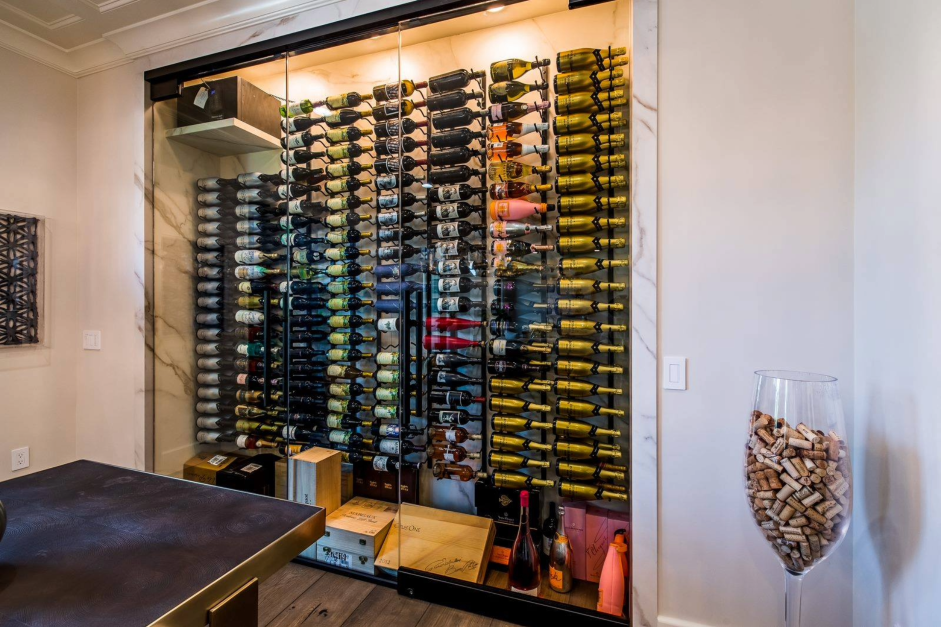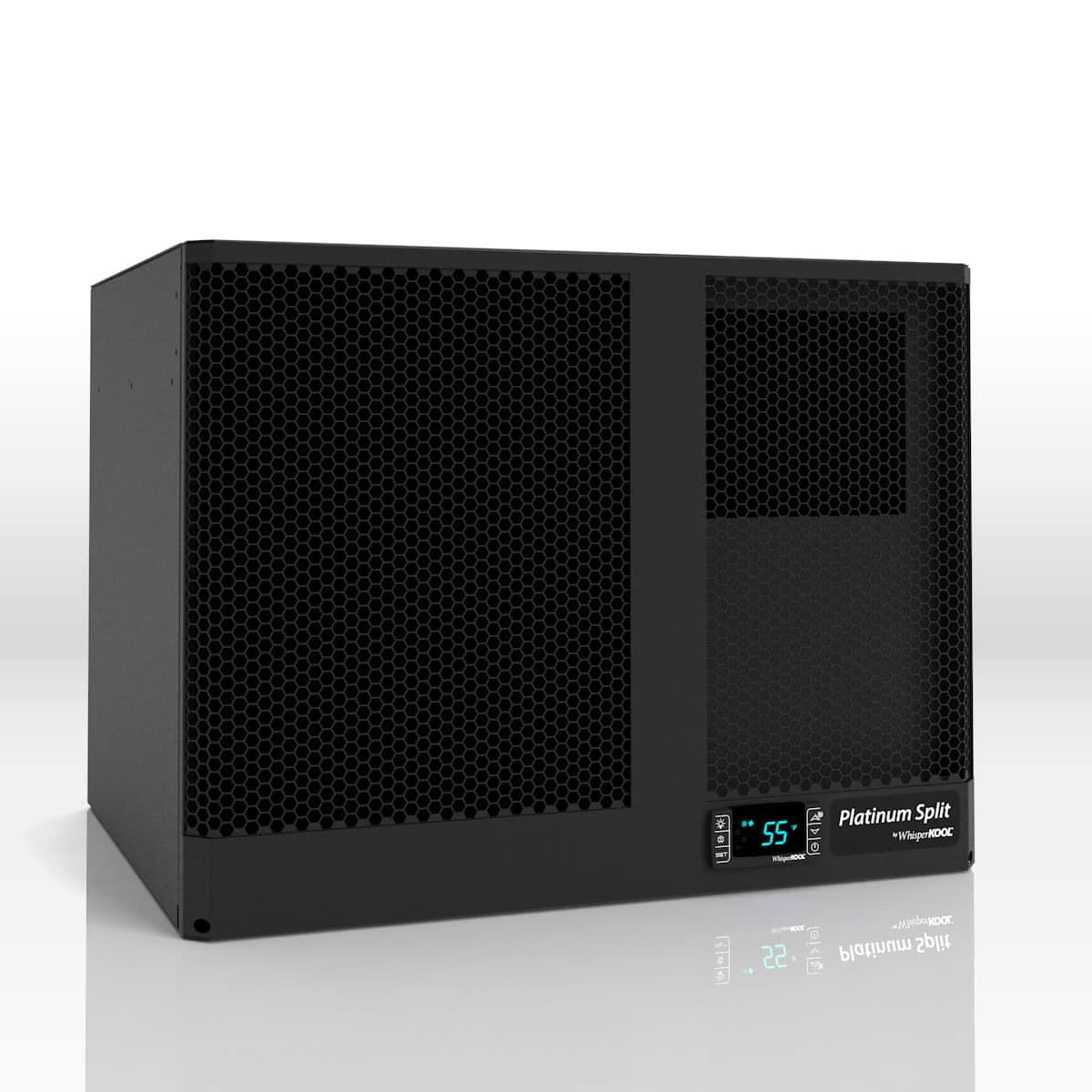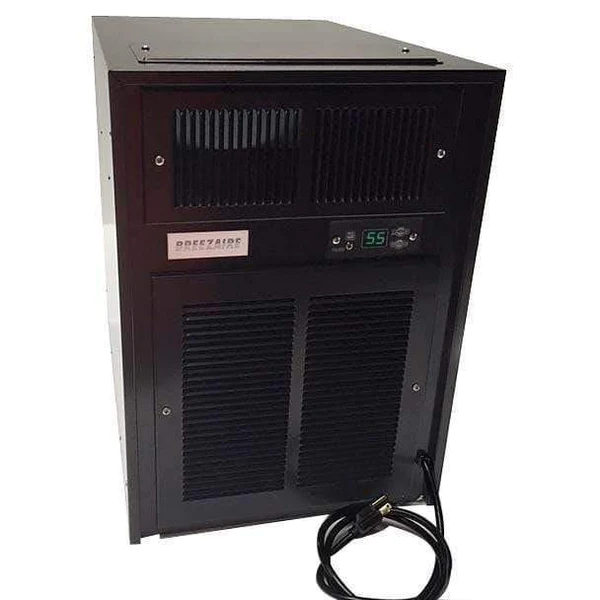A wine cellar cooling unit is a big investment—one that protects an even bigger one: your wine collection. The best way to avoid expensive repairs or premature replacements? Regular maintenance.
Below are practical steps to keep your wine cooling system running at peak performance and to help you prevent costly breakdowns down the road.
1. Clean the Condenser Coils
Dust and dirt can build up on the condenser coils, especially in units installed in dusty or high-traffic areas. When this happens, the system works harder and less efficiently, increasing wear and tear.
Maintenance Tip:
Clean the condenser coils every 3–6 months with a vacuum or soft brush. For heavily used systems or systems in commercial settings, monthly cleaning may be necessary.
2. Check for Drain Line Clogs
Some cooling units produce condensation that’s drained away via a small tube. If the drain line gets blocked, moisture may accumulate, leading to mold, mildew, or water damage.
Maintenance Tip:
Inspect and clear the drain line regularly—especially if you notice excess humidity or standing water around the unit.
3. Monitor Temperature and Humidity
A properly functioning wine cooling system keeps the cellar at a steady 55–58°F with relative humidity around 60–70%. Fluctuations in temperature or humidity may indicate a malfunctioning sensor or system imbalance.
Maintenance Tip:
Use a digital thermometer and hygrometer to monitor cellar conditions. Sudden changes should prompt an inspection or service call.
4. Inspect Airflow and Vents
Blocked vents or restricted airflow can cause the unit to overheat and wear out faster. Make sure there’s sufficient clearance around the system and that fans are operating as expected.
Maintenance Tip:
Regularly check the airflow around the unit and listen for unusual noises or changes in fan speed.
5. Replace Filters (if applicable)
Some ducted and self-contained wine cooling systems include air filters to reduce dust and improve air quality inside the cellar.
Maintenance Tip:
Check your manufacturer’s recommendations. If your unit uses filters, replace or clean them every 3–6 months, or more frequently in dusty environments.
6. Schedule Annual Professional Maintenance
Even with regular DIY upkeep, a professional inspection is vital. A licensed technician can check refrigerant levels, test electrical components, and catch early signs of wear before they turn into major problems.
Maintenance Tip:
Schedule a maintenance check once a year with a certified HVAC or wine cellar technician familiar with your unit’s brand and model.
Stay Ahead of Repairs
Routine maintenance not only extends the life of your wine cooling system but also protects your wine collection from temperature fluctuations or humidity damage. If your unit is making unusual noises, not cooling effectively, or showing error codes, don’t wait—call in a pro.
Need help?
Contemporary Wine Cellar connects you with certified professionals who can diagnose, maintain, and repair your cooling unit. Let us help you keep your collection in perfect condition.





